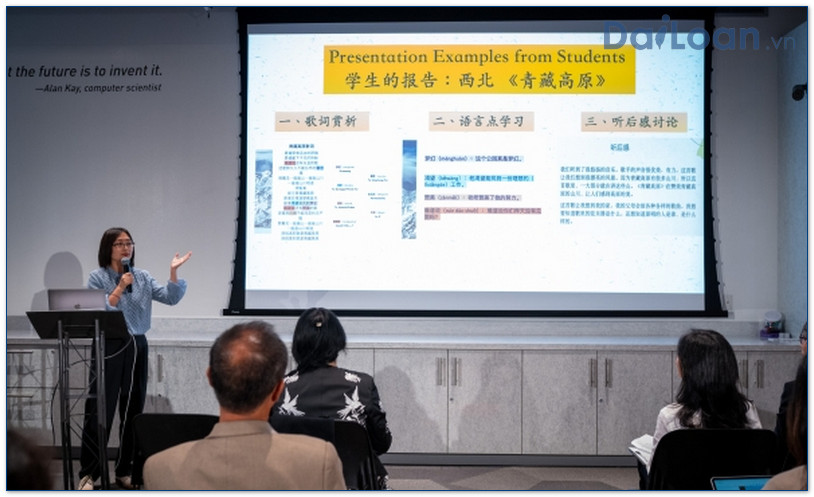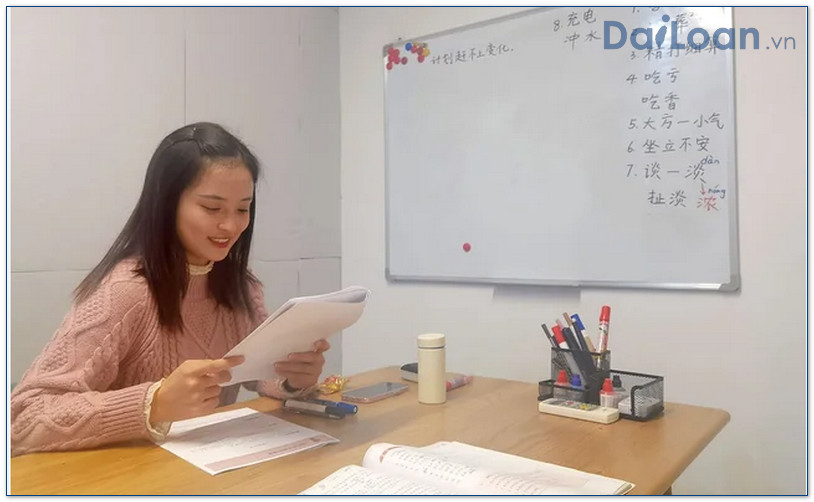The term 復活 (fù huó) in Chinese is a rich and multifaceted concept. It translates to “resurrection” or “revival” in English. In this article, we will explore its meaning, grammatical structure, and provide example sentences to help you grasp its usage in different contexts.
Meaning of ‘復活 (fù huó)’
At its core, 復活 conveys the notion of coming back to life, revival, or restoration. It is often used in both religious contexts—such as the resurrection of Jesus Christ in Christianity—and in a broader sense, referring to revival in life forms, ideas, or regions. The term is composed of two characters:
- 復 (fù): meaning “to return” or “to restore.”
- 活 (huó): meaning “to live” or “life.”
When combined, they create the idea of “returning to life” or “reviving.” This duality gives it both a literal and figurative richness.
Grammatical Structure of ‘復活’
In terms of grammar, 復活 functions primarily as a verb. In the sentence structure, it can be used transactively or intransitively depending on the context. Here are some points to note:
- As a transitive verb: it may require a direct object (e.g., “復活某人” – “to resurrect someone”).
- As an intransitive verb: it can stand alone to convey the action (e.g., “這個故事講述了他的復活” – “This story tells of his resurrection”).
Being mindful of the structure aids in proper sentence formation, especially when incorporating it into complex sentences.
Example Sentences Using ‘復活’
Religious Context
1. 這部電影是關於耶穌的復活。
Translation: This movie is about the resurrection of Jesus.
2. 許多基督徒相信復活的意義。
Translation: Many Christians believe in the significance of resurrection.
Figurative Context
3. 在經濟危機後,這個城市開始了復活的過程。
Translation: After the economic crisis, the city began a process of revival.
4. 科技的進步讓古老技術得以復活。
Translation: Technological advancements have allowed ancient techniques to be revived.
Creative Context
5. 她的藝術作品總是帶有復活的主題。
Translation: Her artworks always carry the theme of revival.
6. 隨著新一代的興起,這些傳統文化也在復活。
Translation: With the rise of a new generation, these traditional cultures are also being revived.
Conclusion
The term 復活 (fù huó) encapsulates a profound idea that transcends mere linguistic meaning. With its application in various contexts from the spiritual to the societal, understanding this term enhances your grasp of the Chinese language as well as its cultural nuances. We hope this guide aids you in confidently using and understanding ‘復活’ in conversations and writings.

Sứ mệnh của Chuyên là giúp đỡ và truyền cảm hứng cho các bạn trẻ Việt Nam sang Đài Loan học tập, sinh sống và làm việc. Là cầu nối để lan tỏa giá trị tinh hoa nguồn nhân lực Việt Nam đến với Đài Loan và trên toàn cầu.
CÓ THỂ BẠN QUAN TÂM
Du học Đài Loan
Lao Động Đài Loan
Việc Làm Đài Loan
Đơn Hàng Đài Loan
Visa Đài Loan
Du Lịch Đài Loan
Tiếng Đài Loan
KẾT NỐI VỚI CHUYÊN
Zalo: https://zalo.me/0936126566
Website: www.dailoan.vn




